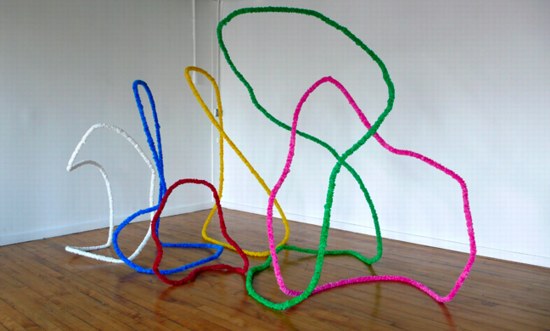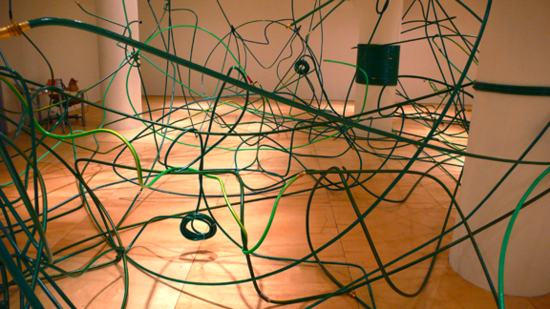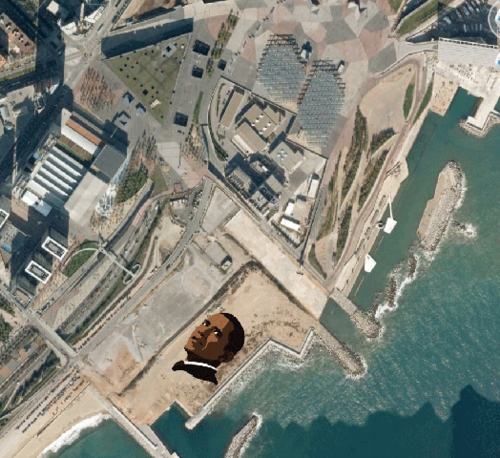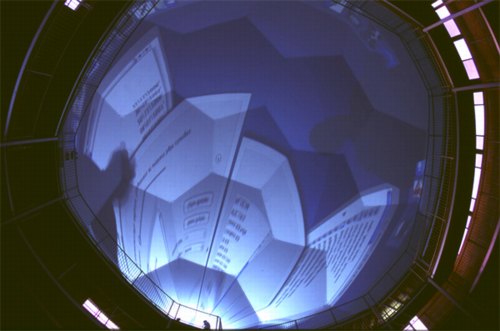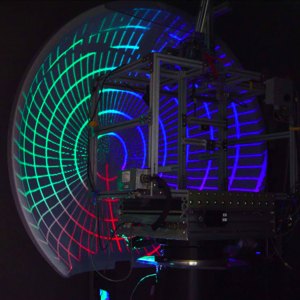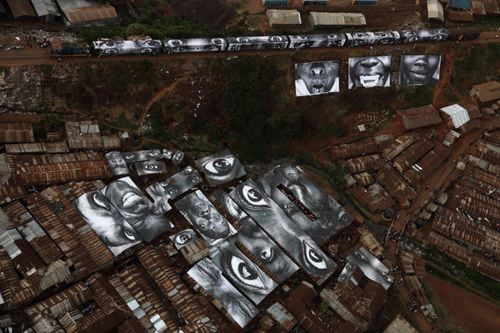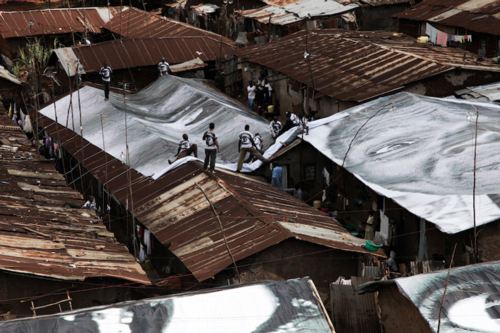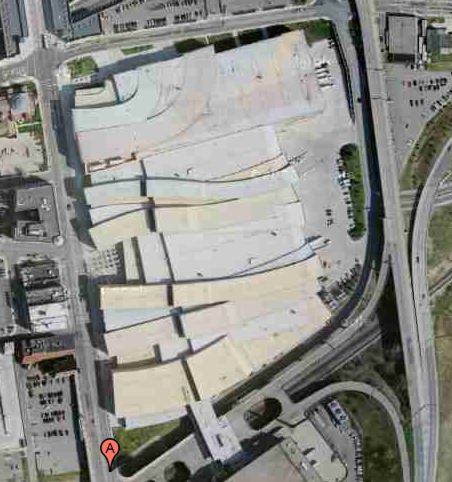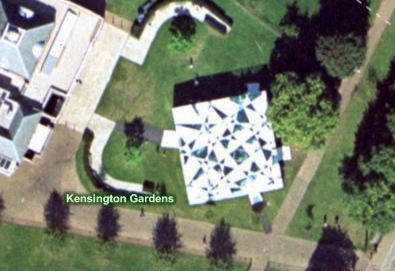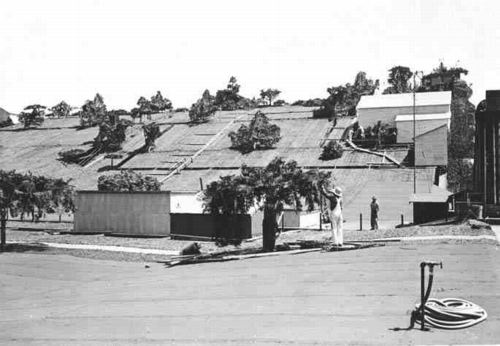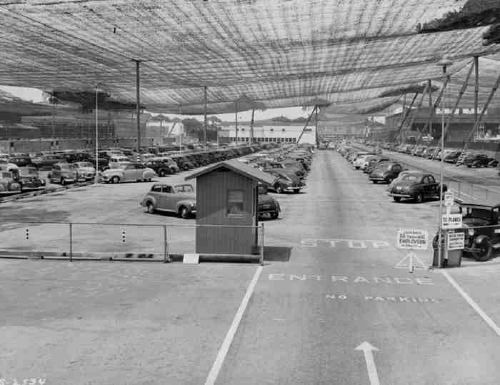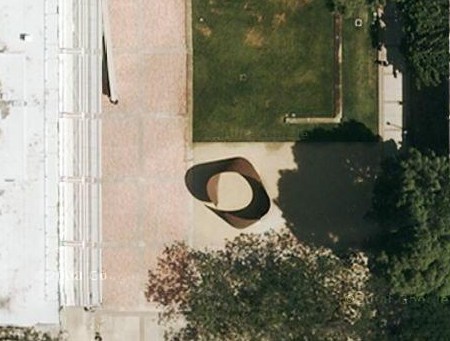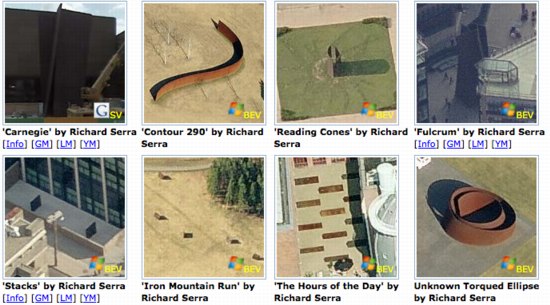Tyler Green Twittered the following from the ICA Philadelphia panel discussion on the 20th anniversary of the Mapplethorpe NEA implosion:
[Rob] Storr coins ‘misconceptual’ art: artists who shortcut to the now via conceptual art without understanding history of conceptualism.
tight, tasty, and much-needed, I like Storr’s definition, but I’m afraid he didn’t coin the term.
Instead, he probably probably got it where I did, from Madelon Vriesendorp, the “playground surrealist” Dutch artist who co-founded OMA with her former husband, Rem Koolhaas. Art Review profiled Vriesendorp last year when her retrospective opened at London’s Architectural Association–the show is at the Swiss Architecture Museum – Basel through June 2009:
In Vriesendorp’s “city” of objects upstairs at the AA, you’re confronted, stared-down, and overwhelmed by a vast army of touristy trinkets: nuns, skeletons, plastic food, multiple iterations of the Statue of Liberty, aliens, snowglobes, robots, cowboys, hindus, buddhas (on phones and with headphones), body parts – especially feet, hands, tongues and eyeballs – monkeys, flies, lady birds, centipedes, snakes, and buildings, buildings, buildings caricatured and reduced to their essence in little cute models meant for the mantelpiece back home. Vriesendorp has said that she’s only interested in failed objects, and that in her global city she feels like a tourist who has been given the wrong directions, misheard them and ended up in the right place anyway. She calls this practice “misconceptual art”.
Misconceptual art: The World of Madelon Vriesendorp [artreview.com via things]

